This article was originally published by Frank Shostak at the Mises Institute.
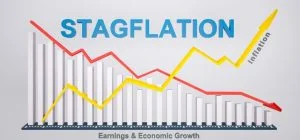
The occurrence of stagflation is associated with a situation of general strengthening in the momentum of prices while at the same time the pace of economic activity is declining.
A famous stagflation episode occurred during the 1974-75 period, as year-on-year industrial production fell by nearly 13 percent in March 1975 while the yearly growth rate of the Consumer Price Index (CPI) jumped to around 12 percent. Likewise, a large fall in economic activity and galloping price inflation was observed during 1979. By December of that year, the yearly growth rate of industrial production stood close to nil while the yearly growth rate of the CPI closed at over 13 percent.
According to popular thinking of that time, the central bank influences the pace of economic expansion through monetary policies. This influence however, carries a price, which is inflation. Many economists believe that if the goal is to reach a faster rate of economic growth and a lower unemployment rate, then citizens should be ready to experience higher rates of inflation.
The belief was that there is a tradeoff between inflation and unemployment. The lower the unemployment rate, the higher is the rate of inflation. Conversely, the higher the unemployment rate the lower the rate of inflation is going to be. The stagflation of 1970s, then, was a big surprise to most economic commentators.
In the late 1960s, Edmund Phelps and Milton Friedman (P-F) challenged the popular view that there can be a sustainable tradeoff between inflation and unemployment. In fact, over time, according to P-F, loose central bank policies set the platform for lower economic growth and a higher rate of inflation; i.e., stagflation.
The P-F Explanation of Stagflation
Starting from a situation of equality between the current and the expected rate of inflation, the central bank decides to boost the rate of economic growth by raising the growth rate of money supply. As a result, a greater supply of money enters the economy and each individual now has more money at his disposal. Because of this increase, every individual believes he has become wealthier. This raises the demand for goods and services, which in turn sets in motion an increase in the production of goods and services.
This increases producers’ demands for workers and, subsequently, unemployment falls below the equilibrium rate, which both Phelps and Friedman labeled the natural rate. Once the unemployment rate falls below the equilibrium rate, this exerts upward pressure on price inflation. According to P-F, individuals realize there has been a general loosening of the money supply, so people form higher inflation expectations, and individuals realize that their previous increase in purchasing power now is dwindling.
This weakens overall demand for goods and services which, in turn, weakens overall demand, which then slows the production of goods and services, pushing unemployment higher. Note that we are now back with respect to unemployment and economic growth to where we were prior to the central bank’s decision to loosen its monetary stance, but now with a much higher rate of inflation.
Consequently, we have a decline in the production of goods and services and a rise in unemployment, along with an increase in price inflation: stagflation. From this, P-F concluded that as long as the increase in the money supply growth rate is unexpected, the central bank can engineer an increase in the rate of economic growth.
However, once people learn about the increase in the money supply and assess the implications of this increase, they adjust their conduct accordingly. Not surprisingly, the temporary boost to the economy from the increase in the money supply disappears. In order to overcome this hurdle and strengthen the rate of economic growth, the central bank would have to surprise individuals through a much higher pace of monetary pumping.
However, after a time lag, people learn about this increase and adjust their conduct accordingly. Consequently, the effect of the higher growth rate of money supply on the economy will likely vanish again and a much higher inflation rate is all that remains. From this, P-F concluded loose monetary policies can only temporarily generate economic growth, and over time, such policies will result in higher price inflation. Thus, according to P-F, there is no long-term trade-off between inflation and unemployment.
Money Supply Increases Always Undermine Growth
In a market economy, a producer exchanges his product for money and then exchanges that money for other products. Alternatively, we can say that exchanges of something for something take place by means of money. Also, in order for the exchange among producers to take place, these producers must have produced useful goods and services.
However, things are different once money is generated out of “thin air” due to central bank policies and fractional reserve banking. Once money out of “thin air” is employed, it sets in motion an exchange of nothing for something, amounting to a diversion of wealth from wealth generators to the holders of newly generated money.
Increases in money supply in the modern world imply increases in the money out of nothing, and the supplier of new money obtains it by exchanging nothing for it, no goods or services. Hence, we have here an exchange of nothing for money. Once the money out of “thin air” is exchanged for the products of wealth generators, it amounts to an exchange of nothing for something.
The holder of such money obtains final goods and services without contributing directly or indirectly to the pool of such goods and services or to the pool of wealth. This means that wealth is diverted from wealth producers to the holders of newly created money. Thus, the holders of new money consume goods and services without any contribution to the production of goods and services. In the process, genuine wealth generators are left with fewer goods and services at their disposal, which in turn weakens their ability to grow the economy.
Note that an exchange of nothing for something creates a diversion of wealth, and is going to take place regardless of whether the increase in money supply is expected or unexpected. This means that even if money expansion is expected, it still is going to undermine economic growth.
Then What Causes Stagflation?
Increases in money supply set in motion an exchange of nothing for something which, in turn, diverts wealth from wealth generators to non-wealth generators. This weakens the wealth generation process, which weakens economic growth.
Note that the price of a good is the amount of money paid for the good. When new money enters a market, it means that more money is paid for the good in this market, which increases the price of this good. Once the good is perceived as fully valued, the money leaves to other markets. Hence, money moves from one market to another market. Over time, an increase in money supply manifests itself through increases in the prices of goods and services.
This creates a situation in which increases in money supply undermine the process of wealth generation, damaging economic growth. At the same time, we have more money per goods, which means that the prices of goods are higher than before the increase in money supply took place. Thus, the increase in goods prices along with weaker economic growth, which we define as stagflation.
Stagflation is the end result of monetary pumping. Therefore, whenever the central bank adopts an easy monetary stance, it also sets in motion stagflation in the future. Now, for P-F and most economists, the criteria for accepting a theory is a supporting statistical correlation. It is because of the visible stagflation of the 1970s that the P-F’s theory of stagflation gained wide support.
The fact that over time a strengthening in the monetary growth may not always manifest through visible stagflation does not refute what we conclude regarding the consequences of increases in monetary pumping upon economic growth and prices.5 A theory that relies only on observed correlations is simply an exercise in curve fitting. What matters for the state of an economy is not the manifestation of stagflation, but rather increases in the money supply out of “thin air.”
The severity of stagflation depends upon the condition of the current pool of wealth. If the wealth pool is declining, then a visible decline in economic activity is likely to ensue. Moreover, because of past monetary pumping and the consequent increase in price inflation, we see visible stagflation. Conversely, if the pool of wealth is still growing, some economic activity is likely to follow. Given the rising momentum of prices, there will be a positive correlation between economic activity and price inflation.
We conclude that if we do not observe the symptoms of stagflation after the central bank has pumped new money into the economy, this means that the pool of wealth is still growing. Conversely, if we stagflation, then most likely the pool of wealth is declining.
Conclusions
Increases in the money supply set in motion an exchange of nothing for something, transferring resources from wealth generators to non-wealth generators. Consequently, this weakens both the wealth generation process and the pace of economic activity. When new money enters goods markets, it means there is more money per goods, which increases their prices. Therefore, we have an increase in goods prices along with a weakening of economic growth.
This is what stagflation is about. Monetary pumping over time always results in stagflation, although it often is not immediately visible. As the pool of wealth comes under pressure, however, the phenomenon of stagflation becomes all too real.

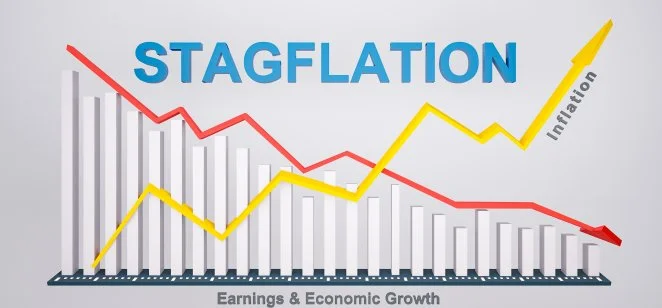



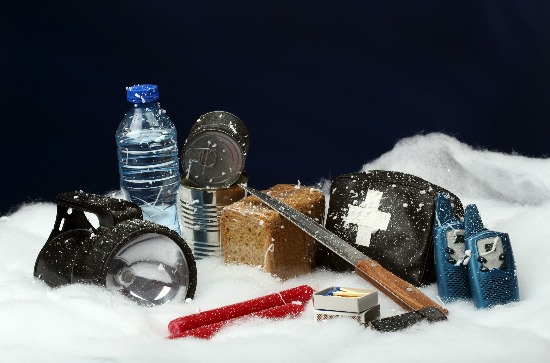
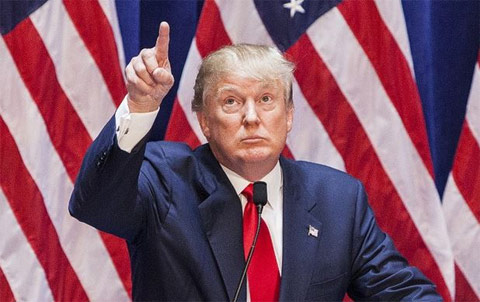

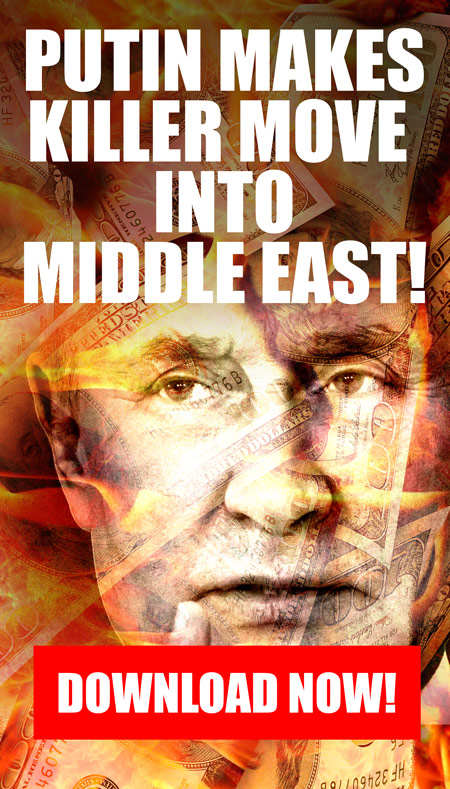
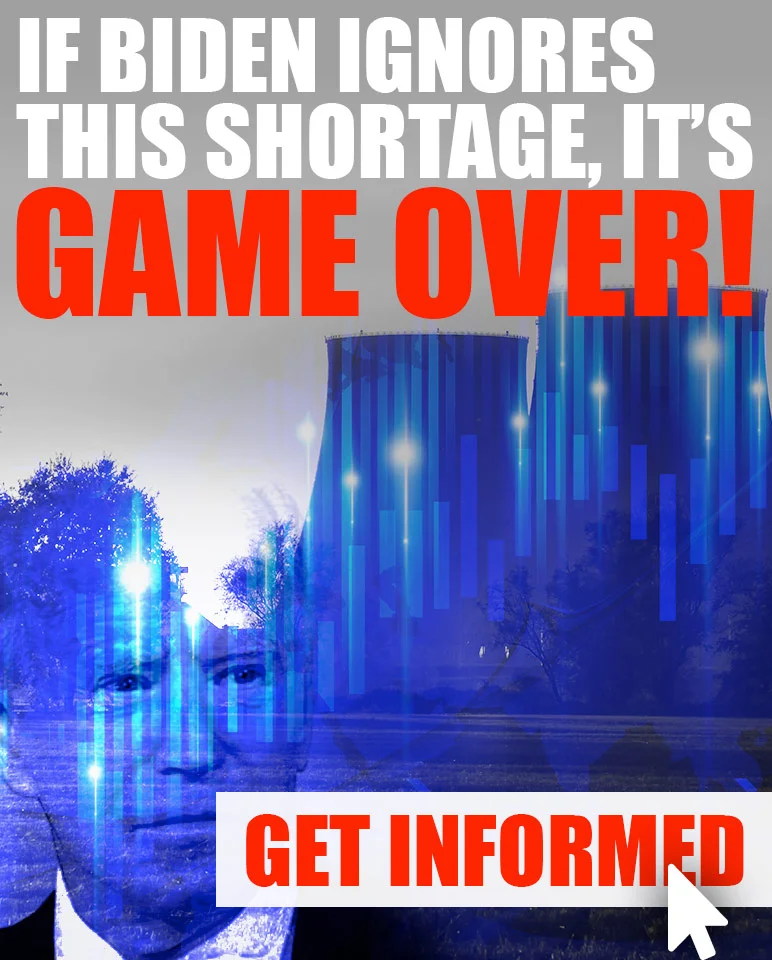

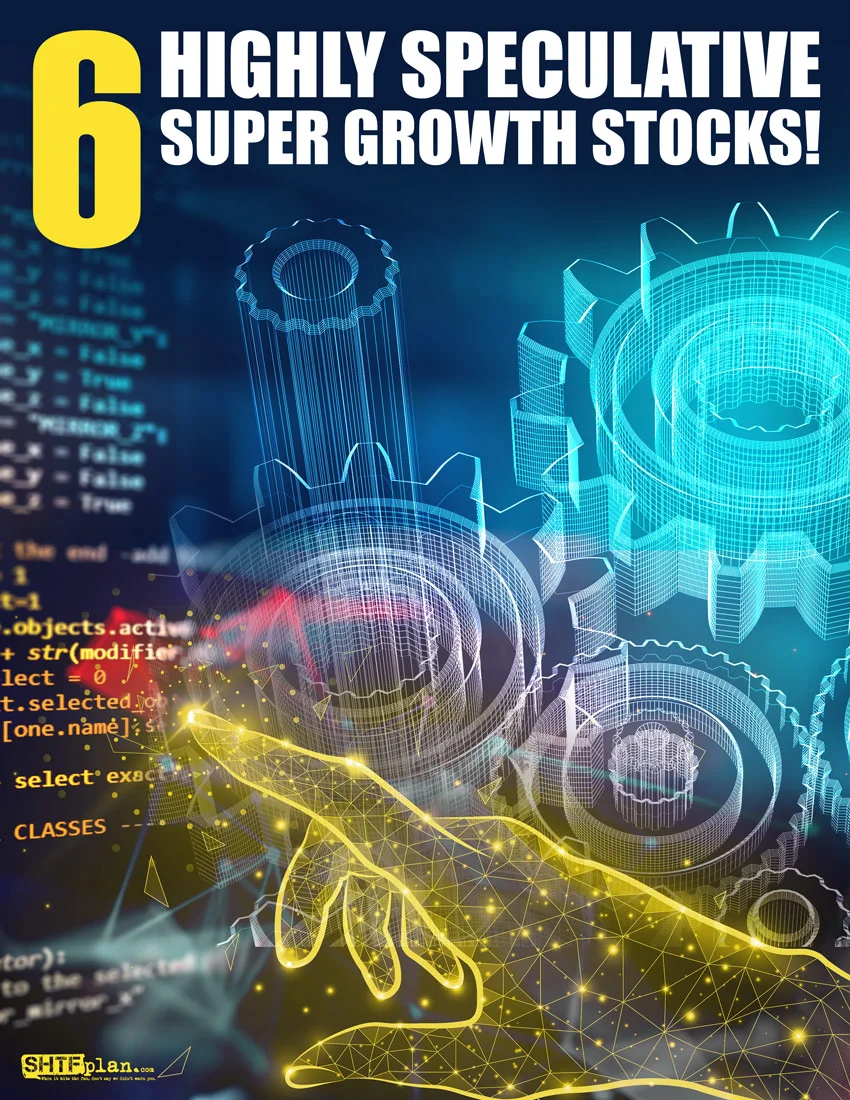
If we don’t soon find a way to get that ‘diminished capacity’ FOOL out of the Oval Office there won’t be a country left over to even FIX.
What a God Damned MORON that POS is.
Cheerio Kiddos…JOG
Getting rid of him would do nothing. Bidet doesn’t run the show. He does what is scripted for him by his owners who in turn have their owners. You need the head of the snake. Everyone attacks branches of the tree which only grow right back. We need to kill the root.
Looks like my solar powered golf cart idea is looking better everyday. But beware of golf cart jackers!
Too true,
Yet that FOOL is the figurehead and dislodging him would have some small impact. The ‘Power Pyramid’ has an spec consisting of the likes of Gates, Buffet and myriad others…of all nationalities. IMMEDIATELY beneath that tier is the Military/Beuracracy which as we’ve seen was so effective at studying any proposed change. Only then do we arrive at the level of ‘Mouthpieces’ (think here on the order of the “Mouth of Sauron”) which are in fact the entire political class. That last tier’s entire purpose is just to ‘yada, yada, yada’ to act as Soma for the unwashed masses.
Pathetic but true. Still, I’d LOVE to see that Bitch Biden (along with his cohorts…all of them) all dancing the ‘Hangman’s Jig’.
Cheerio Y’all…JOG
You can’t kill the root if you don’t believe there is one.
G – True, prezzJB is merely a cared-for senile public figurehead whose rubber stamp is necessary to legitimize the policies and decisions made by nameless and faceless people. He is not deciding anything, he’s just a repeater of that which he is told to say, that’s all. More often than not he doesn’t even know what he’s talking about. He was selected by a cabal for the presidency because he is so easily manipulated to get the policies and anything else they want. The dirty secret in washdc is that everyone there knows it, they just don’t want us to know it.
I think the “BIG GUY” meant ” build back better” after the nuclear war!
the usa isnt getting rid of the foold biden for two and a half years and even if the gop gets congress and the senate it is extremely unlikely they will have veto proof majorities so if biden just wants to sit in the oval office with his veto stamp on his left and executive orders form on the right he can go right ahead and send the country down into whatever hell he feels like.
you can say its by design, by ineptness or from decades of doing everything wrong but the usa is just getting started on this ride and here are the minimum attractions imo. high unemployment, business and mortgage defaults in big numbers, personal bankruptcies in big numbers, periods of power outages and riots, high crime and especially theft..
i spent many a year naysaying sites like SHTFplan but i am 100% on board now and just hoping to survive it.
Stagflation is a male mule deer that goes on spring break to Florida to get some.
I heard that Strippers are complaining nobody is coming into the strip joints any more. You know things are getting bad when sex is not even being bought. ha
It’s even worse than the Mises Institute says. There is no longer any “fractional reserve banking”. The Federal Reserve dropped reserve requirements to “0” in March of 2020. So, there are no longer any limits on money creation other than finding someone willing to borrow it with compound interest attached (since all money is created as credit/debt in this system). That’s why the banks no longer give favorable deposit rates…they don’t really want your savings, since your savings are now a liability on their books.
Link?
I would post a link, but it sometimes takes days to clear moderation.
My suggestion would be to type this into your favorite search engine:
“Federal Reserve eliminates reserve requirements”
Thanks
” (since all money is created as credit/debt in this system)”
Ever speculate on what would happen, what it would be like, if everyone including the government were to actually pay off their debt?
I imagine it would lead to interesting times and events in American and world history.
I have. Hypothetically, it would destroy the whole money supply save some coins and paper currency since debt repayment or default removes that money from the books.
However, I’m not sure it can be done. The only way to pay off past debt is with newly created debt. Also, there is the problem of the added compound interest. It also needs to be created with new debt. This is the reason for the exponential growth of the world money supply since compound interest is an exponential function. Take an average interest rate on the world money supply and divide it into 72 and that will give you a rough doubling time for it. It’s called the Rule of 72. It started out on a chart slowly rising from left to right. Now, if you look at FRED’s M1 money supply chart, it goes straight up.
Einstein said something to the effect that compound interest is the eighth wonder of the world. Those that understand it, earn it…those who do not, pay it.
I see the overnight reverse repo market is around 2 trillion, up from a few tens of billions a year ago. Something is not kosher. The Fed is monetizing the debt at a huge rate, it would seem.
Everything is fake. Why work, they say, when the Fed can print money for the .gov to hand out. Get rich on handouts by buying meme stocks, NFTs, and crypto. Working is for dummies, they say.
The Jay Powell Money Printer!
“politicians” hide themselves away….they only started the war…..treating people just like pawns in chess…. wait till the judgement day coomes! YA!
Love that guys name “war pigs”. ^^^ exactly what they are and a great sabbath song too.
No more warpigs have ther poweeeer
Hand of god has struck the houuuur.
Underneath the warpigs crawling….
Satan laughing spreads his wings….
OH LORD YAAAHEAAH!
What causes stagflation?
The scum in the US government
M – That’s right, ONLY gov’t can cause inflation and only gov’t can fix it, if it wanted to. Gov’t loves inflation because inflation benefits it as a large debtor, AND because gov’t tax revenues increases as nominal income increases, AND inflation defeats the paradox of thrift. That is, it motivates people to spend now. In addition, gov’t can run up debt and pay it down in future less valuable dollars. Our gov’t is a total sham, a burlesque show, a destroyer of all that is good for the sake of more power, there is nothing legitimate about it.
The root of this economic problem is that the USA ceded its Constitutional responsibility to “coin” our money to an outside-our-govt. organization (the falsely named FEDERAL RESERVE). The ideal of controlling our money was important to many Founders of this country because they were great students of govt. structure and it’s possible failings.
The 20 biggest hedge funds (200 people) control 90% of the money. They design inflation, crashes and growth. They control the majority of stocks and stock prices.
When they bulk sell the market crashes. When it hits bottom they buy and prices go up. They simply buy each others stock.